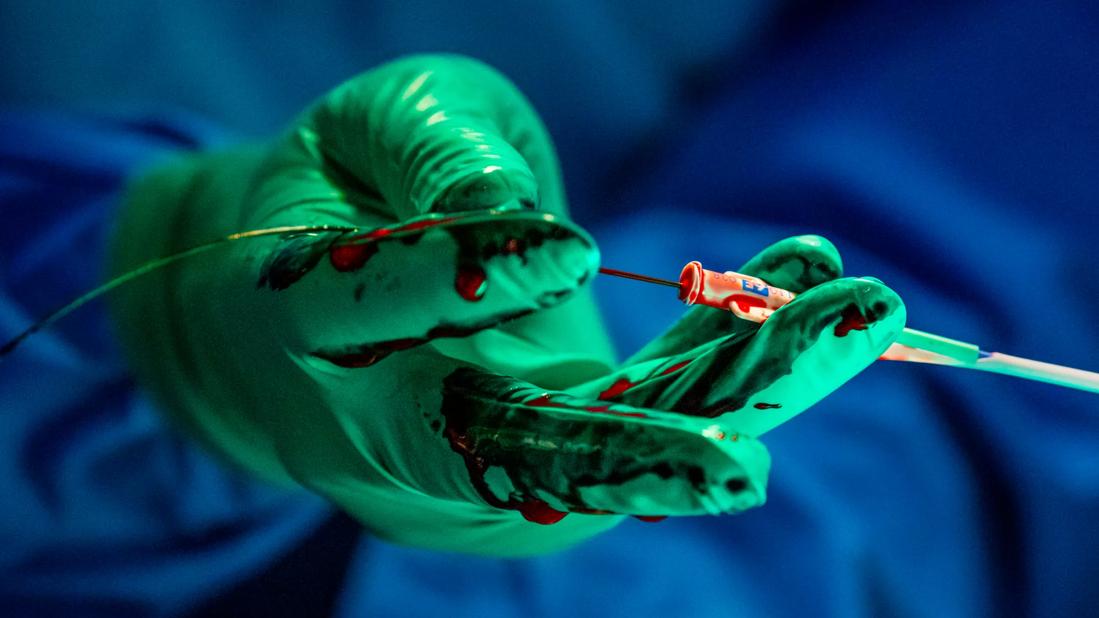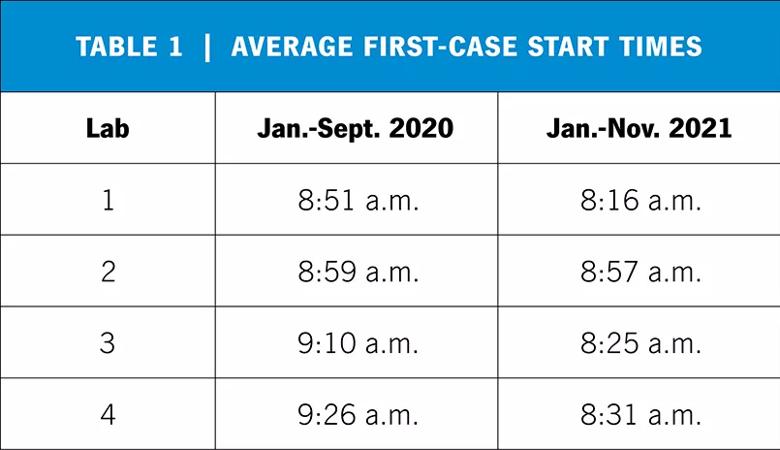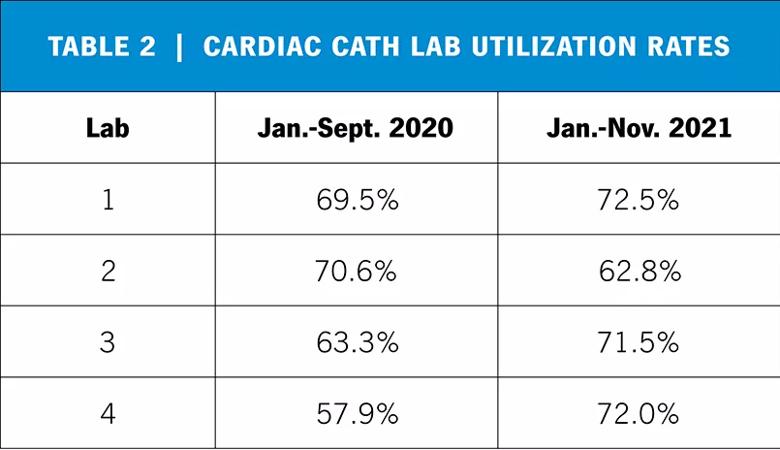How we helped Deborah Heart and Lung Center care for more patients

A commitment to continuous improvement becomes no less important after a healthcare organization has established a record of high-quality care. In fact, it is the factor that’s likely to be most responsible for maintaining that record. This was the mentality that guided Deborah Heart and Lung Center in Browns Mills, New Jersey, when it recently undertook an effort to improve operational efficiencies of its cardiac catheterization laboratories with assistance from Cleveland Clinic.
Advertisement
Cleveland Clinic is a non-profit academic medical center. Advertising on our site helps support our mission. We do not endorse non-Cleveland Clinic products or services. Policy
As a hospital focusing on cardiac, vascular and lung disease, Deborah is a premier provider of innovative, compassionate and patient-focused care for the Delaware Valley region of southern New Jersey. Since August 2019, Deborah has maintained an alliance relationship with Cleveland Clinic’s Miller Family Heart, Vascular & Thoracic Institute (HVTI). The relationship is designed to offer value through a variety of in-depth services provided by Cleveland Clinic, including the sharing of clinical best practices to maximize quality and efficiency.
Early in the alliance, Deborah’s cardiovascular service line leadership identified and prioritized areas of opportunity for Cleveland Clinic’s HVTI Advisory Services team to provide insights and clinical expertise. As a result, Deborah and the Cleveland Clinic Advisory Services team launched a project aimed at promoting standardization and operational efficiency in order to optimize cath lab capacity and room utilization — and thus potentially allow for treatment of more patients.
To identify specific opportunities for improving efficiency, the Cleveland Clinic team requested time stamp data from Deborah cath lab management on each of a series of key steps in cath lab cases.
Deborah’s cardiac cath lab manager and team conducted a manual audit of patient case documentation to identify reasons for any delays. When they analyzed the data with the Cleveland Clinic advisors, they identified delayed start times — particularly for the first procedure of the day — as a key challenge.
Advertisement
Whereas the scheduled start time for the first case of the day was 7:30 a.m., the average first-case start time from January through September 2020 was 9:07, with average times ranging from 8:51 to 9:26 across Deborah’s four cath labs.
The Deborah and Cleveland Clinic teams also reviewed lab utilization, finding that the Deborah cath labs had a utilization rate of 65% for the same period of January through September 2020.
The Cleveland Clinic team then conducted interviews with the Deborah cath lab team, including physician and nursing leaders, administrators, schedulers, nurses and radiology technologists. Next they combined insights from these interviews with information from the data analysis into a report that provided targeted, prioritized recommendations for the Deborah cath lab team and leaders. The Deborah and Cleveland Clinic teams then jointly developed a work plan and established time frames for implementation.
In collaboration with Cleveland Clinic’s interventional cardiology consultant, Deborah’s cath lab leaders formed an interdisciplinary cath lab operations team comprising the physician cath lab director, nursing manager, department administrators and additional personnel involved in cardiac cath lab procedures. The operations team reviewed the data and designed specific interventions to address the root causes of delays.
This systematic, multidisciplinary approach helped reduce cath lab inefficiencies and streamline processes, as detailed below:
Advertisement


“These preliminary results are promising and a testament to the tireless collaboration between our cardiac cath lab team and HVTI’s Advisory Services team,” says Joseph R. Manni, Executive Vice President and Chief Operating Officer of Deborah Heart and Lung Center. “Both teams look forward to continued improvement and engagement in order to bring Deborah’s high-quality cardiac care to as many patients as possible.”
“This is an excellent example of how collaboration between Deborah Heart and Lung Center and Cleveland Clinic’s HVTI Advisory Services can identify opportunities to enhance overall efficiencies,” notes Cleveland Clinic interventional cardiologist Christopher Bajzer, MD, who is part of the HVTI team that works with Deborah. “These improvements are allowing the talented Deborah team to increase access to their catheterization lab services to care for more patients in their community without additional strain on hospital resources. It’s a win-win for the hospital and the community.”
For information on affiliation and alliance opportunities with Cleveland Clinic, email Amanda Lesesky at leseska@ccf.org.
Advertisement
Advertisement

Multimodal evaluations reveal more anatomic details to inform treatment

Insights on ex vivo lung perfusion, dual-organ transplant, cardiac comorbidities and more

CD36 loss-of-function variant accounts for large portion of risk in this population

Series of 145 patients characterizes scope of presentations, interventions and outcomes

Microvascular “supercharging” is a critical newer step to promote favorable outcomes

Why Cleveland Clinic is launching its cardioimmunology center

End-of-treatment VALOR-HCM analyses reassure on use in women, suggest disease-modifying potential

New Cleveland Clinic data challenge traditional size thresholds for surgical intervention